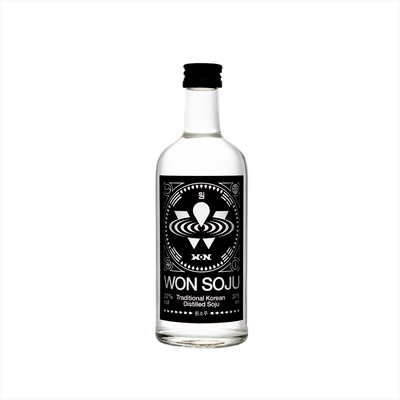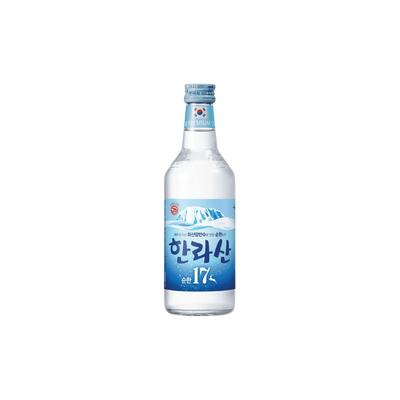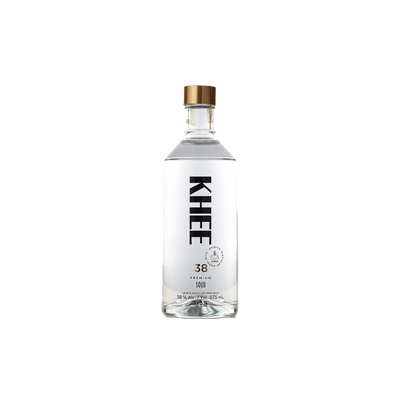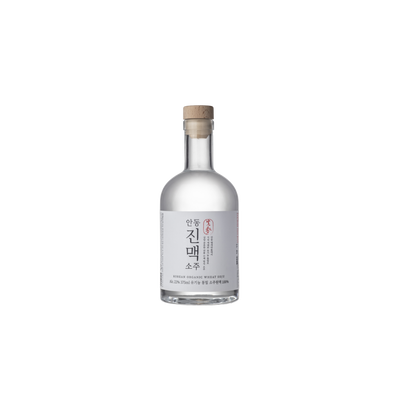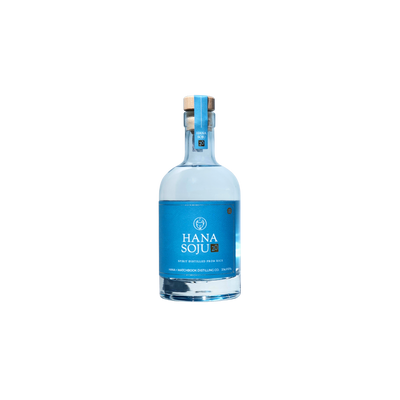Original Soju
What is Original Soju?
Original Soju refers to traditional Korean distilled spirits made from rice, sweet potato, or other starches using time-honored fermentation and distillation methods that date back centuries. Unlike the diluted, mass-produced versions that dominate today's market, this authentic style of Soju maintains higher alcohol content (typically 20-45% ABV) and complex flavors developed through proper aging and traditional production techniques. What defines Original Soju is its adherence to historical recipes and artisanal distillation processes, creating a spirit with genuine depth and character that reflects Korea's rich distilling heritage.
Learn More About Original Soju
What makes Original Soju unique?
Original Soju stands apart from its modern counterparts through its traditional distillation process using rice, sweet potatoes, or other starches, resulting in a clean, neutral spirit that typically clocks in around 16-25% ABV. Unlike the mass-produced versions that dominate today's market—which often rely on diluted ethanol and artificial flavoring—authentic Original Soju maintains the subtle complexity and smooth character that made it Korea's national spirit for centuries. This traditional approach creates a more refined drinking experience with delicate grain notes and a silky mouthfeel that flavored sojus and cheaper alternatives simply can't match.
How is Original Soju made?
Original soju starts with rice, sweet potatoes, or other starches that get fermented and then distilled in traditional copper pot stills, creating a clean spirit that typically clocks in around 16-25% alcohol. The magic happens during the slow distillation process, where master distillers carefully control temperature and timing to preserve the subtle flavors while achieving that characteristic smoothness. Unlike mass-produced versions that rely on diluted neutral spirits, authentic soju maintains its connection to the base ingredients through this time-honored method.
How do you drink Original Soju?
Original soju is most commonly enjoyed neat and ice-cold, served in small shot glasses and consumed in a social setting where friends pass the bottle and pour for one another as a sign of respect. While you can certainly sip it on the rocks, the traditional approach treats it more like vodka than whiskey—clean, crisp, and meant to accompany food rather than be savored slowly. In cocktails, soju works beautifully in lighter, refreshing drinks like Korean-style highballs with beer, citrusy sours, or fruit-forward punches that complement its clean profile without overwhelming its subtle sweetness.
How do I choose good Original Soju?
When selecting original soju, look for bottles that clearly state their alcohol content and production method—authentic Korean soju typically ranges from 16-25% ABV and should be made from rice, sweet potato, or other traditional starches rather than cheaper alternatives like tapioca. For cocktails, choose a clean, neutral soju around 20% ABV that won't overpower your other ingredients, while sipping neat calls for premium bottles with more character and complexity from single-distillery producers. Your best bet is to start with well-known Korean brands like Jinro or Chamisul for mixing, then graduate to craft distillery bottles once you develop your palate preferences.
Nutritional Information
Typical Calorie Range per Ounce: 20-25 calories
Typical Carbohydrate Range per Ounce: 1-2 grams
Typical Sugar Range per Ounce: 0-1 grams
Typically Gluten Free: Yes
Traditional soju is made from rice, sweet potato, or other starches through distillation, which typically removes gluten proteins. Most original soju brands are considered gluten-free, but we recommend checking the specific product label and manufacturer information to confirm gluten-free status, especially if you have celiac disease or severe gluten sensitivity. Some flavored varieties or brands may use different ingredients or processing methods.
Scrolled this far? Your reward? Original Soju Trivia!
- Traditional Korean soju gets distilled up to 95% alcohol - nearly pure ethanol - before being diluted down to drinking strength. This ultra-high proof distillation removes almost all flavor compounds, which explains why authentic soju tastes so clean and neutral compared to other spirits that retain more congeners from their base ingredients.
- The sweet potato varieties used for premium soju aren't your Thanksgiving dinner leftovers - Korean distilleries rely on specialized cultivars like "Koguma" and "Dahongmi" that produce higher starch content and cleaner fermentation. These purple-fleshed beauties were originally developed for industrial alcohol production, not eating.
- Soju bottles feature those distinctive green tints because Korean glassmakers recycled Coca-Cola bottles during the post-war reconstruction period. The green glass became so associated with soju that distilleries kept the color even after switching to purpose-made bottles - it's now considered essential for authenticity.
- Korea's soju regions operate under a licensing system that mirrors France's wine appellations - each province had designated monopoly producers until the 1990s. Jinro dominated Seoul, while regional brands like Chamisul, Cheoeum-cheoreom, and Hallasan ruled their respective territories, creating distinct local flavor profiles that Koreans can identify blind.
- The proof standard for Korean soju (around 16-25% ABV) was deliberately set to avoid higher liquor taxes imposed by Japanese colonial authorities in the early 1900s. Distillers learned to maximize flavor and effect within these constraints, accidentally creating one of the world's most sessionable spirits - and the tax structure stuck after independence.
Higher-proof spirits can be intense. Mix carefully, taste thoughtfully, and enjoy responsibly.
Gift message (optional)

